











Crawfish Research Programme
This project aims to rebuild the European spiny lobster (Palinurus elephas) fishery in Wales. It is run by Seiont Research Ltd, and funded by the Welsh Government and European Fisheries Fund.
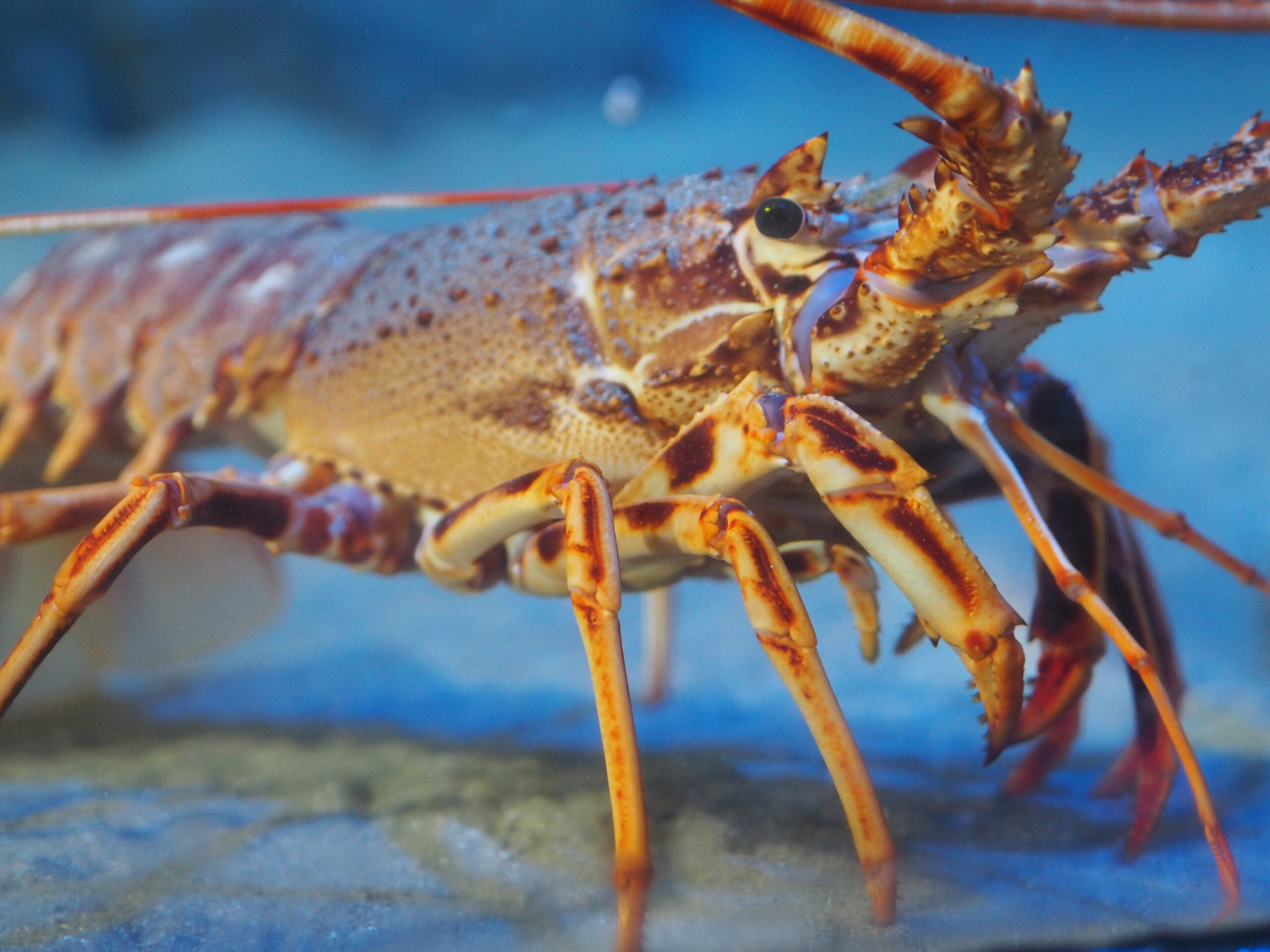
Appearance
- The spiny lobster (also known as crawfish) is a large crustacean that grows up to 60cm in length and several kilos in weight.
- It has a strong, heavily armoured body covered in large spines and two long, serrated antennae used for defence and attracting mates
- Spiny lobsters are reddish-brown in colour, with whitish or yellow edging to the legs and two small hook-like front claws
- They are sociable animals with individuals living together in small groups on rocky cliff ledges. The lobsters feed on echinoderms, shellfish, shrimp and worms
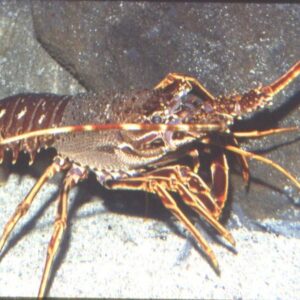
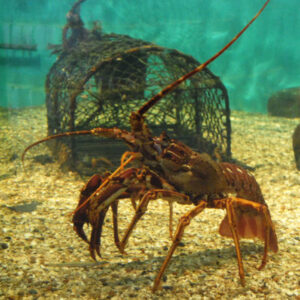
The fishery
- Spiny lobsters used to be an important fishery in Wales, particularly in areas around the Llyn Peninsula and Anglesey
- The fishery was destroyed by poor management and non-sustainable fishing practices during the 1970s – 1980s
- In the 1920s, England and Wales had a combined annual landing of 320 tonnes. Today, annual landings are just 2-5 tonnes
- The spiny lobster remains a much sought-after seafood delicacy. It is still occasionally caught in Wales and is widely fished throughout the Mediterranean where populations have also crashed through overfishing
Conservation status
- The spiny lobster remains the most commercially important and threatened seafood species in European waters
- It is listed in the UK Biodiversity Action Plan (UK BAP), which identifies threatened species requiring conservation action
- Since the spiny lobster is considered the top invertebrate predator on European reefs, with highly significant socio-economic value, recovery of its populations is considered important in meeting EU objectives of Good Environmental Status for Welsh waters by 2020
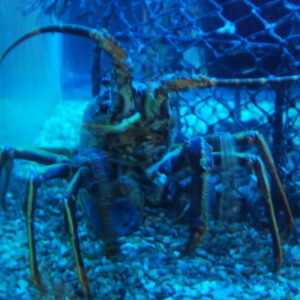
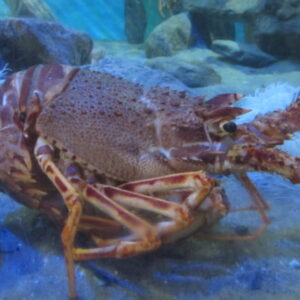
Reproduction
- Between August and October the male and female lobsters in our breeding tank in the aquarium will mate. The female makes a specific noise (stridulation) with its antennae to attract a male
- According to size, the females will produce between 23 000 – 202 000 reddish eggs 1-2 weeks after mating
- The female carries the eggs on her abdomen for 6-7 months. In the spring, the eggs hatch into 3mm flattened, leaf-shaped organisms called larvae or phyllosoma
After egg hatching
- In the wild, the lobster larvae float in the surface waters amongst the rich plankton (microscopic plants and animals)
- Apart from their eyes, they are almost completely transparent which protects them from predation
- The larvae are equipped with sharply pointed limbs used to kill prey. They feed on fish larvae and other small animals in the plankton
- Spiny lobster larvae will remain in the plankton for around 6 months. During this period the larvae will moult into 6-10 different larval stages
- At each moult, the larvae increase in size and change shape until the final stage when they resemble adult lobsters and settle on the seabed
- During the next 4-5 years, very little is known about the behaviour of the young lobsters until they enter the adult fishery
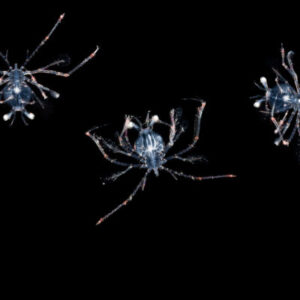
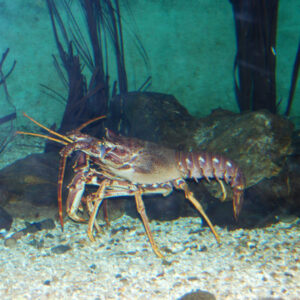
Aims of the Seiont Research project
- The aim of this project is to develop farming technology for the European spiny lobster
- Under controlled laboratory conditions at Seiont Research, the lobster larval cycle can be reduced to 9 weeks but it is still a very difficult species to culture
- This project has already succeeded in completing all 6 stages of the larval cycle and hopes to produce juvenile lobsters next year
- If successful, the project will explore options for farming spiny lobsters with fishery cooperatives such as the Llyn Pot Fishermen’s Association
- Farming of spiny lobsters could support attempts to restore this ecologically very important predatory to it former stronghold in waters around the Welsh coastline


